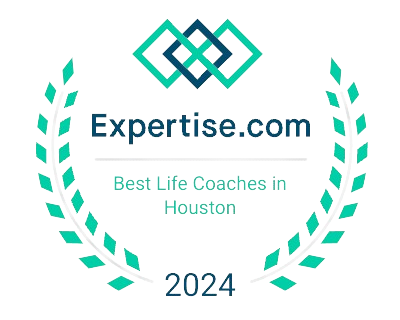
Most goal-oriented people wake up ready to win the day—energized, motivated, and determined to make every moment count. But like an intense workout fueled by an adrenaline rush, mornings often start strong, propelled by the initial kick of cortisol. Gradually, the pace accelerates; demands pile up, responsibilities clash, and before you know it, you’ve hit a wall. By midday, you’re likely reaching for another cup of coffee, grabbing a sugary snack for quick energy, or reacting impatiently to minor frustrations as stress accumulates.
You recognize what’s happening—the signs of approaching overwhelm are familiar—but you don’t have effective tools to break the cycle. Instead, you find yourself leaning on short-lived solutions like caffeine boosts, quick sugary fixes, or scrolling through social media for a brief distraction.
But what if your morning didn’t have to unfold this way? What if small shifts could prevent the midday crash altogether, allowing you to maintain that initial spark of energy and focus without resorting to temporary fixes? Research by UCLA psychologist Dr. Hal Hershfield shows that subtle, intentional changes to our morning routines can dramatically alter this trajectory, reducing stress and enhancing both performance and overall well-being. In this article, you’ll discover five fresh, practical morning strategies designed specifically for the result-driven person who wants to maintain momentum without sacrificing clarity, calm, and fulfillment.
1. Swap Your To-Do List for a “To-Be” List
You wake up each morning with your mind already buzzing, reaching instinctively for your to-do list. Emails, meetings, deadlines—each checked-off task provides a quick dopamine hit, but deep down, something feels off. Despite your productivity, you’re disconnected from how you actually feel and who you want to be as the day unfolds.
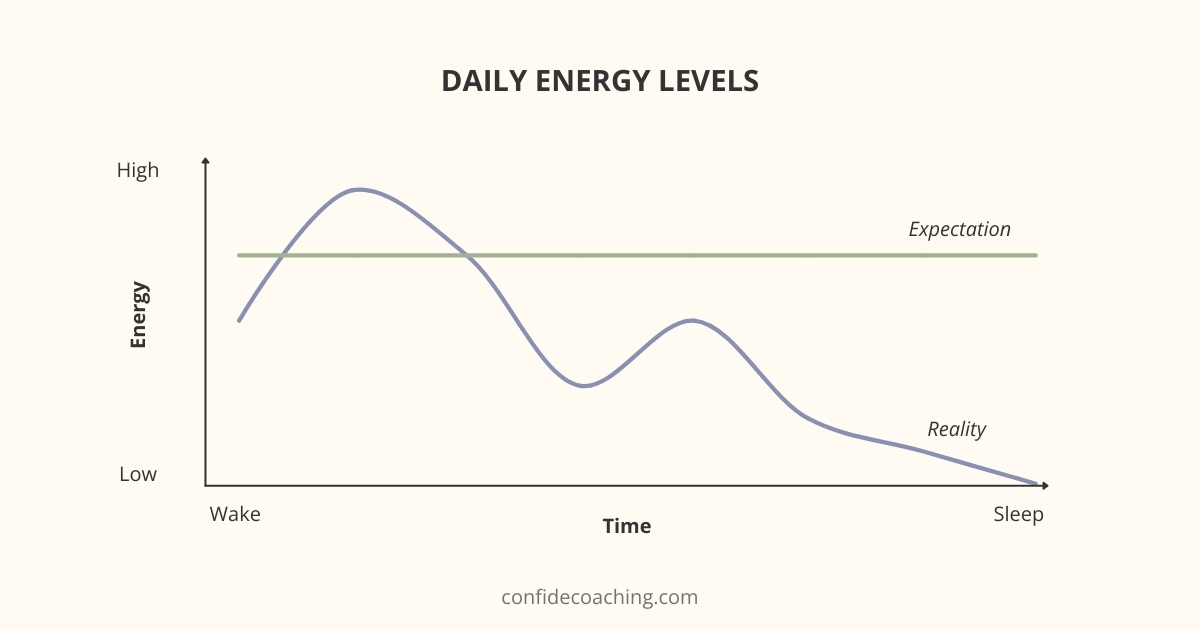
Here’s the catch: when you define your mornings purely by tasks and obligations, your identity gets reduced to how much you accomplish. Dr. Benjamin Hardy, organizational psychologist and author of Personality Isn’t Permanent, suggests an alternative approach: intentional self-definition. Instead of focusing solely on actions and obligations, Hardy proposes beginning each day by consciously deciding who you want to become and how you want to feel.
Imagine a different start: rather than immediately diving into your inbox or calendar, you pause. You take two minutes and ask yourself, “Who do I choose to be today?” Maybe you write down a single word or phrase—calm, connected, present, patient. This intentional “to-be” list becomes your guiding light, shaping how you respond to stress, interact with others, and approach challenges. It helps you navigate difficult moments with clarity and integrity, aligning your actions with the deeper values you aspire to embody.
Research from positive psychologist Dr. Martin Seligman reinforces this subtle shift. His studies show that individuals who consistently set intentions around personal character strengths experience greater fulfillment, emotional resilience, and satisfaction throughout their days.
Try this tomorrow: Ask yourself, “Who do I choose to be today?” Write your chosen word—perhaps “focused,” “patient,” or “calm”—on a sticky note, and place it somewhere visible, such as your computer monitor or your desk. Each glance throughout your day becomes a gentle reminder of the person you are intentionally choosing to become.
2. Create Your Morning “Anchor” Moment
As you begin experimenting with who you intentionally choose to become each day, there’s another subtle yet powerful shift to consider. Most busy, ambitious individuals know what it feels like to sprint from one morning task to the next—never truly pausing, always chasing the clock. It’s exhilarating until it’s exhausting. Without realizing it, your mornings become a blur of actions without anchors, leaving you emotionally scattered and reactive when challenges inevitably arise.
Stanford neuroscientist Dr. Andrew Huberman emphasizes the transformative power of establishing a consistent morning ritual anchored in natural sunlight. According to Huberman, getting even a few minutes of morning sunlight directly into your eyes (without sunglasses or windows blocking the rays) profoundly resets your internal biological clock. This simple practice reduces stress hormones, enhances mental clarity, and helps regulate mood and energy levels for the entire day.
The reason the “view morning sunlight” thing works to positively impact energy, nighttime sleep, etc. is because your circadian biology is among the more powerful systemic control points for mental and physical states. Its importance cannot be over emphasized.
— Andrew D. Huberman, Ph.D. (@hubermanlab) May 30, 2024
But what if you’re awake before sunrise, already tackling your ambitious day? Creating an anchor moment can take many forms, and viewing sunlight is just one example. Think of it as a brief yet intentional practice—something simple that calms and centers your nervous system. You could gently stretch your body for two or three minutes, engage in slow breathing exercises, or simply savor your coffee in silence without multitasking. The key is choosing an action that’s consistently centering and personally meaningful.
This anchor moment perfectly complements your intentional “to-be” list. Immediately after this brief ritual, ask yourself again, “Who do I choose to be today?” You’ll likely notice that your anchor moment brings clarity to your intention, allowing it to sink in more deeply and become genuinely integrated into your mindset as you move through the day.
Try this tomorrow: If you’re up before sunlight, spend 2–3 minutes in an intentional, calming activity such as mindful stretching, slow breathing, or quietly savoring a favorite beverage. Then, reaffirm your chosen intention from your “to-be” list. Notice how this combined practice creates deeper balance and helps sustain your clarity and calm, no matter how busy your day becomes.
3. Try a Daily “Future Self” Check-in
Now that you’ve anchored your morning and defined your intentions, there’s another transformative practice you can easily add—one that shifts your mindset toward long-term growth and well-being.
When your day accelerates, it’s easy to become absorbed by urgent demands, losing sight of what’s truly important. You tackle immediate tasks, putting off actions that genuinely support your future health, happiness, and fulfillment. Before you know it, you’re stuck in a cycle of short-term reactions, disconnected from your deeper ambitions.
UCLA psychologist Dr. Hal Hershfield has extensively studied the power of connecting with our “future selves.” His research shows that when we pause briefly to reflect on our future self—the version of us one year, five years, or even decades down the road—we make healthier, wiser, and more fulfilling decisions. This simple act makes our daily choices feel less like sacrifices and more like meaningful investments.
If connecting with your future self feels abstract or challenging, think about it this way: In your professional role, you wouldn’t dream of neglecting long-term business strategy. You know where you want your business to be five or ten years from now, and you consistently take steps each day to ensure that strategy is realized. Apply that same clarity and discipline to yourself: What’s your personal strategy for your physical, emotional, and mental well-being five or ten years from today? And what deliberate actions are you taking now to execute on that vision consistently?
Here’s how to put this into practice each morning. Right after your anchor moment and intention-setting, ask yourself this powerful question:
“What’s one small thing I can do today that my future self will thank me for?”
Perhaps it’s choosing a nourishing meal over a rushed, sugary snack, scheduling time for movement instead of powering through back-to-back meetings, or finally booking that medical check-up you’ve postponed for months. These seemingly small decisions have outsized impacts when multiplied over days, months, and years.
Try this tomorrow: Immediately following your anchor moment and intention-setting, pause to answer this simple but profound question. Write your answer down, and commit to doing it today—even if it’s small. Notice how applying the same strategic discipline you use in your professional life to your personal health and well-being helps you feel more grounded, inspired, and motivated to live in alignment with your deepest values.
4. Schedule Your Daily “Mindfulness Snacks” in the Morning
You’ve set your intentions, anchored your morning, and connected with your future self. Now, how do you ensure these mindful moments don’t vanish the moment your busy day begins?
Consider making one additional morning tweak: proactively scheduling brief, intentional breaks—what you might call “micro-boundaries” or “mindfulness snacks”—into your day right from the start. Rather than waiting until you’re already overwhelmed or exhausted, glance at your calendar each morning and deliberately insert small buffer zones between demanding tasks, appointments, or responsibilities.
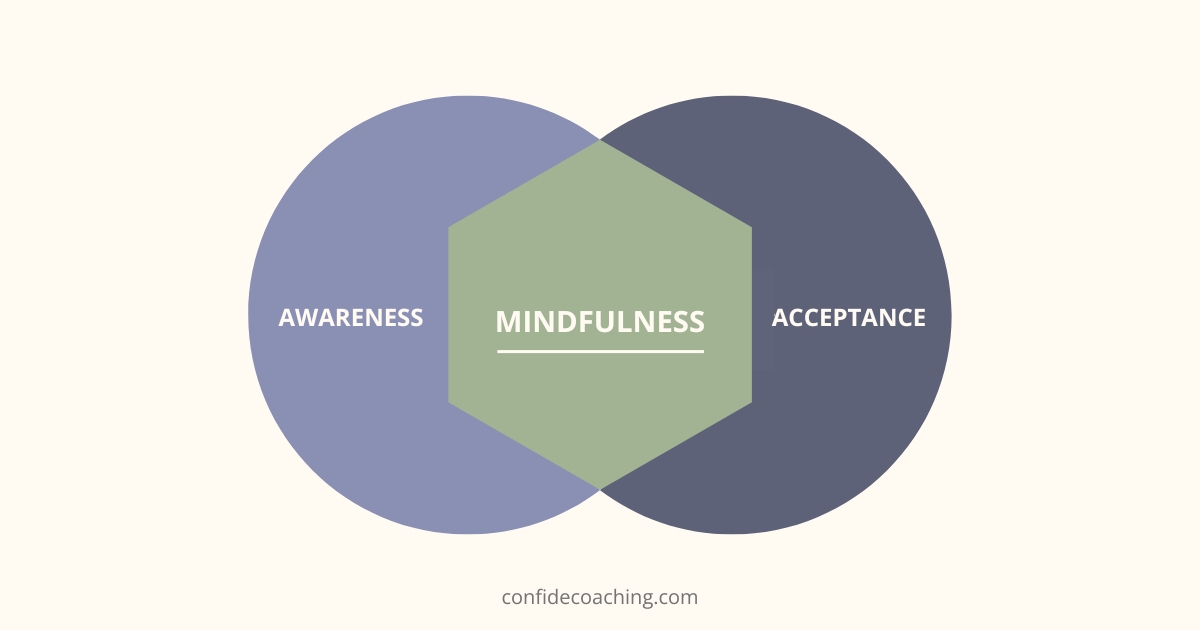
Think of these scheduled pauses as short refueling stops that help maintain your clarity, calm, and effectiveness throughout the day. For executives, this might mean deliberately scheduling five-minute breathing breaks between meetings or a brief tech-free pause after intense strategic sessions. For stay-at-home mums, it could mean intentionally blocking out a few minutes after your child’s nap or between errands to simply sit, breathe deeply, or enjoy a mindful cup of tea in silence.
By scheduling these mindful moments in advance, you’re setting clear micro-boundaries that protect your energy and focus, ensuring you never move from one intense activity to the next without a brief, replenishing pause. Your nervous system needs these breaks to recharge. Just like your muscles get stronger during recovery, your nervous system also builds resilience when you give it time to rest.
Try this tomorrow: In the morning, as you set your intentions and review your day, identify two or three natural places to schedule brief mindfulness snacks (2–5 minutes each). Physically block these moments on your calendar, treating them as non-negotiable appointments with yourself. Notice how proactively scheduling these micro-boundaries changes the rhythm of your day—supporting your energy, clarity, and emotional resilience from morning to evening.
5. Shift from Rigid Routines to Flexible Rituals
Even with the best-laid plans and mindful intentions, life inevitably throws curveballs. You know this well: meetings run late, children wake up early, unexpected demands surface—and suddenly your meticulously crafted routines become fragile and stressful. Too often, rigid routines leave you feeling guilty, frustrated, and off-balance when circumstances shift unexpectedly.
Behavioral scientist Dr. BJ Fogg, author of Tiny Habits, points out that lasting change doesn’t come from rigid schedules, but from adaptable, flexible rituals—habits you can modify and sustain even when life gets complicated. Unlike routines that demand consistency at any cost, flexible rituals honor the complexity of real life. They allow you to adjust without losing momentum or abandoning your commitment to self-care.
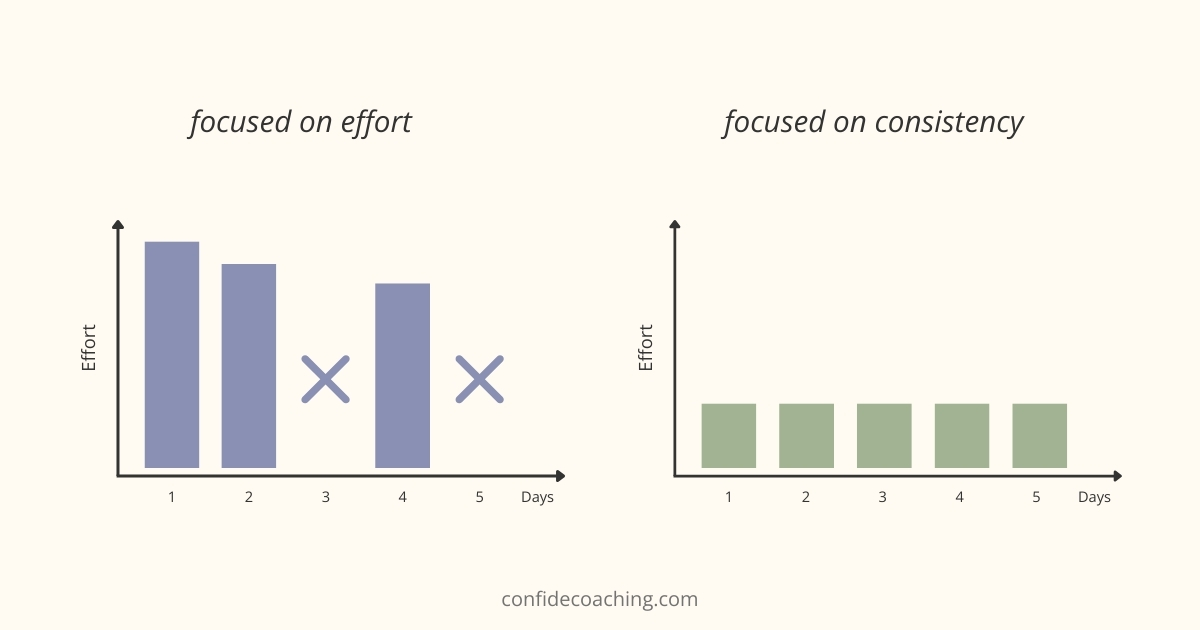
A flexible ritual might mean that instead of committing to an intense morning workout every single day, you commit simply to “moving your body” each morning—whether that’s a quick mobility flow, a walk outside, or a few box jumps when energy or time is limited. Instead of rigidly adhering to a lengthy meditation session, perhaps your ritual becomes simply “pausing intentionally,” which can be a deep breath or five quiet minutes of stillness during your “mindfulness snack” time, depending on your day’s demands.
The power of flexible rituals lies in their sustainability. Rather than feeling defeated by disruptions, you adapt your ritual to meet reality—allowing you to preserve a sense of calm, fulfillment, and self-care even on days when life feels hectic.
Try this tomorrow: Review your current morning habits and identify just one rigid routine that’s causing stress or frustration. Transform it into a flexible ritual by broadening it slightly. For example, replace “20 minutes of meditation” with “intentional quiet time,” or swap “run 3 miles” for “move my body.” Notice how making this simple shift helps you stay consistent, resilient, and balanced, no matter how unpredictable your days become.
Small Shifts, Powerful Results
You began this article recognizing how your energized mornings often spiral into midday overwhelm. By now, you’ve seen how five subtle yet powerful morning tweaks—focusing on who you choose to be, creating meaningful anchor moments, connecting intentionally with your future self, proactively scheduling mindful pauses, and shifting toward flexible rituals—can dramatically change the rhythm and tone of your entire day.
Remember, true balance isn’t about perfect routines or rigid discipline—it’s about consistently choosing small, intentional shifts that align with who you want to be and how you want to feel. Each tweak may seem subtle at first, but cumulatively, they produce profound shifts in your resilience, clarity, and overall well-being.
Your next step? Choose just one of these five strategies and commit to implementing it tomorrow morning. Start small, experience the benefits, and then gradually add another. Before long, your mornings will no longer feel like stressful sprints—but rather intentional gateways to calmer, clearer, and more balanced days.
Are you ready to transform your mornings from busy to balanced? Choose your first tweak now—and let tomorrow morning be your new beginning.
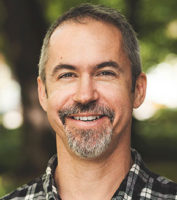
Paul Strobl, MBA, CPC
Owner of Confide Coaching, LLC
Paul is a Master Life Coach for GenX and GenY executives and business owners. Originally from Houston, Texas, he has been location independent for most of his adult life. He currently resides in the Rhodope Mountains of Bulgaria near the Greek border with his brilliant wife, 14-year-old stepson (officially adopted in 2021!) and a Posavac Hound rescue.
References
Hershfield, H. E., et al. (2011). Increasing saving behavior through age-progressed renderings of the future self. Journal of Marketing Research, 48(SPL), S23–S37.
Hardy, B. (2020). Personality Isn’t Permanent: Break Free from Self-Limiting Beliefs and Rewrite Your Story. Portfolio.
Seligman, M. E. P. (2011). Flourish: A Visionary New Understanding of Happiness and Well-being. Free Press.
Huberman, A. (2020, June 3). Setting your biological clock, reducing stress while sheltering in place. Scope Blog, Stanford Medicine.
Retrieved from https://scopeblog.stanford.edu/2020/06/03/setting-your-biological-clock-reducing-stress-while-sheltering-in-place
Fogg, B. J. (2019). Tiny Habits: The Small Changes That Change Everything. Houghton Mifflin Harcourt.

